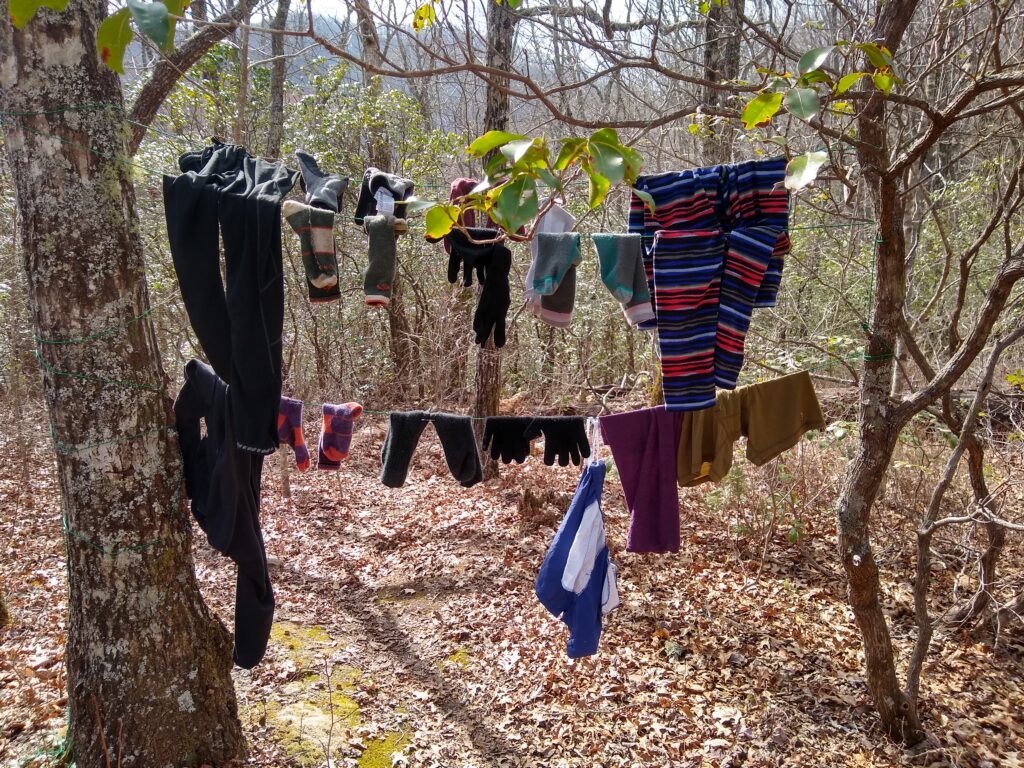
When I was a young, weird kid, one of the things I most admired about the U.S. was its justice system. Although all judiciaries make mistakes, ours — in a world of many that didn’t — seemed to at least aspire to equal treatment under the law
Did I simply grow up enough to see the man behind the curtain, who’d been there the whole time? I’m willing to entertain that, and many readers of this blog will likely think so. Slavery and Jim Crow were unequal treatment written into law. The genocide and diaspora of Native Americans continue to receive inadequate recognition, broadly speaking, by U.S. courts.
What I think is more likely is that I saw the unraveling of a golden era. When everyone has the chance to prosper, justicial buy-in — not just from citizens, but from judges, attorneys, defendants, and plaintiffs — is broad.
Everyone has a reason to protect the golden goose. Anyone who threatens it is dealt with firmly but fairly, whatever their gender, ethnicity, social position or political ideas.
Again, that’s aspirational. But from my view, enough actors bought in to make the U.S. justice system functional if imperfect.
That, in the context of human history, is impressive.
Justice for Some Is Injustice for All
Justice fell increasingly ill as I grew up and, as far as I can tell, died sometime in the early 2010s. When I was very young, her symptoms shocked people — the O.J. Simpson acquittal, the misconduct of and subsequent obfuscation by Bill Clinton — like they no longer do.
But as Wall Street bankers walked away from the financial crisis, and Michigan officials evaded accountability for years for Flint’s water pollution, and graft flourished at all levels of government, Americans lost faith. And when people, including those who benefit, perceive the game is rigged, they become less inclined to play by the rules.
So, in just a few years, our devolving justice system reached its nadir: a U.S. President, who took millions of dollars in unconstitutional emoluments, was acquitted for inciting an insurrection against the U.S. Capitol while in office.
Is it any wonder why trust in institutions is at unprecedented lows? Why there’s talk again of packing the U.S. Supreme Court? Why violent extremism is on the rise?
Not to me. When wrongs are ignored, they proliferate.
How to Make Wrongs Right
Although I will be the first to criticize many of the “tough on crime” policies of the ‘90s, there’s at least some correlative evidence that they worked. Violent crime and abuse of some types of drugs did, in fact, go down.
The problem lies in the unequal, unsupported ways these programs were administered. Prison time is, for most people, a deterrent. The problem is that mandatory sentences, a favorite tool of ‘90s criminal justice, were meted out neither equitably nor with the necessary support.
Drugs that were, chemically speaking, the same were treated differently by the law because one preparation was associated with Black culture. Many who were convicted under these statutes reoffended almost immediately not only because they felt they were treated unfairly, but because they had fewer opportunities than when they first offended.
For sticks to be effective, they must be used alongside carrots. Rehabilitation, one of the three key tenets of justice, requires free, humane, and individualized treatment programs be offered as alternatives to incarceration.
That model — strong deterrents combined with impartial enforcement and robust rehabilitation — could be America’s ticket to a fairer system.
The New Crime Wave
The perpetrators of America’s current crime wave are primarily, in contrast to the ‘90s, the powerful. As is true of justice systems everywhere, ours has struggled to hold them accountable.
The trouble is, corruption and white-collar crime are arguably more harmful to society than street crime. They are, at the very least, more visible. And the longer our justice system looks the other way, the worse the damage gets.
What could be done to render America’s justice system effective against the powerful? In some countries, fines are levied as a percentage of the offender’s assets. That way, a $10,000 fine doesn’t bankrupt some defendants and barely touch the wealth of others.
But, with the lessons of the ‘90s in mind, I’d argue more is necessary to restore faith in our justice system. Neither fines nor forced resignations are enough to deter future bad behavior.
A crime punished only by fine is legal for the wealthy. The wealthy can play accounting games and afford attorneys to argue down charges.
But as judges told countless defendants in the ‘90s, mandatory prison terms are mandatory. Guaranteed loss of autonomy might be the only way to truly dissuade the powerful from committing crimes.
But again, sticks must come with carrots. Perhaps an imprisoned public official who raided a pension fund could earn early release by working in a senior living center. An investment banker who knowingly misrepresented securities could earn the same by serving as a pro bono fiduciary.
To those who make the laws, these changes might sound unfair and overly punitive. But as defenders of those ‘90s “tough on crime” laws insisted, those who have nothing to hide have nothing to fear. And without them, it’s hard to see how the U.S. will ever again live up to the promise of justice for all.
One reply on “What Happened to Justice in America?”
Thinking of you two, and hoping you get the most out of your grand adventure.